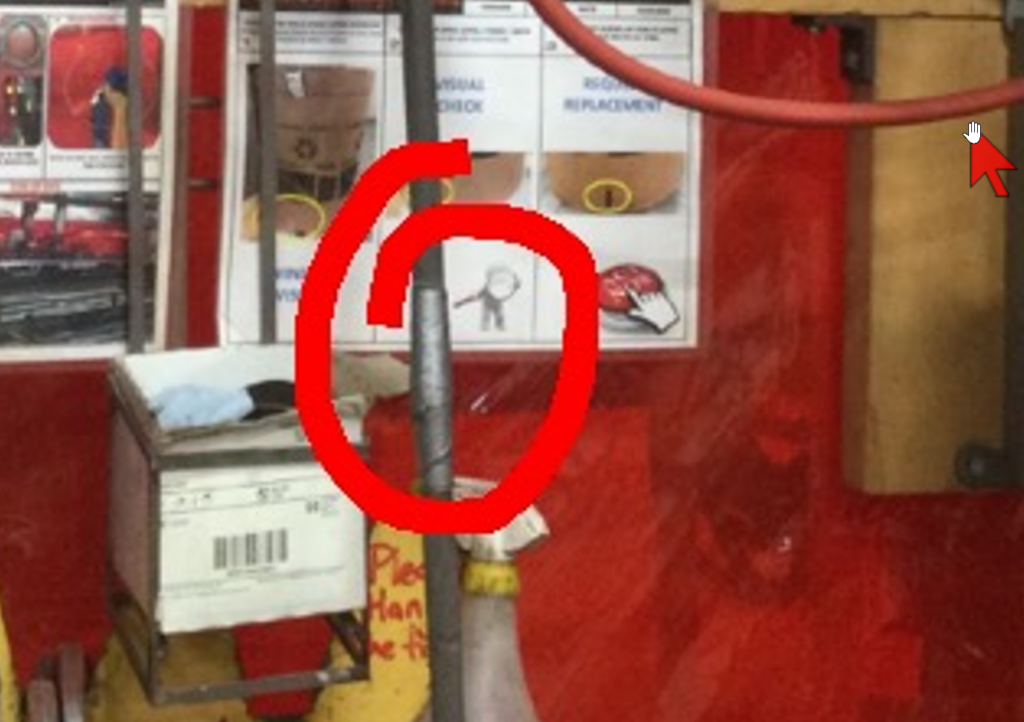I found a leak, it’s hissing loud,
Compressed air whistling, oh so proud.
I grabbed some duct tape, rolled it tight,
Thinking I’d fix this leak tonight.
But oh, that tape — it flaps and flails,
Like it’s on a ship with stormy sails.
The air just laughed, a mocking squeak,
“You can’t fix me, I’m far too sleek!”
So here I stand, defeated, sore,
With tape all tangled, nothing more.
Next time, I’ll skip the sticky mess—
And call a pro to fix the press!
— Author Unknown
Duct tape is a strong, adhesive-backed fabric tape known for its versatility and durability. It typically has a cloth or scrim backing coated with a waterproof polyethylene or rubber-based adhesive. The outer layer is often smooth and shiny, and duct tape is designed to be flexible, tearable by hand, and able to adhere to various surfaces.
Initially developed during World War II to keep moisture out of ammunition cases, duct tape gained popularity for its wide range of applications. It’s often used for temporary repairs, sealing ducts (though ironically not suitable for long-term HVAC use), bundling items, patching leaks, or in emergency fixes. It comes in many colors, though the classic version is silver-gray.
Despite its reputation as a “fix-all,” duct tape is usually a short-term solution and not at all suitable for high-pressure or specialized tasks, such as sealing compressed air leaks!

Fig. 1. This $1,000 per year leak was found using ultrasonic detection. The duct tape it wore did not stop the flow — not one bit.
The picture above is an example of an attempted leakage repair gone wrong. A loud, continuous leak was wrapped in duct tape, which did muffle the $1,000 per year leak — but did not stop it. Duct tape repairs on compressed air systems are a waste of time — so instead, fix them properly!
Filed Under: Air Compressors, Air Preparation, Components Oil Coolers, Compressed Air Technologies, Technologies